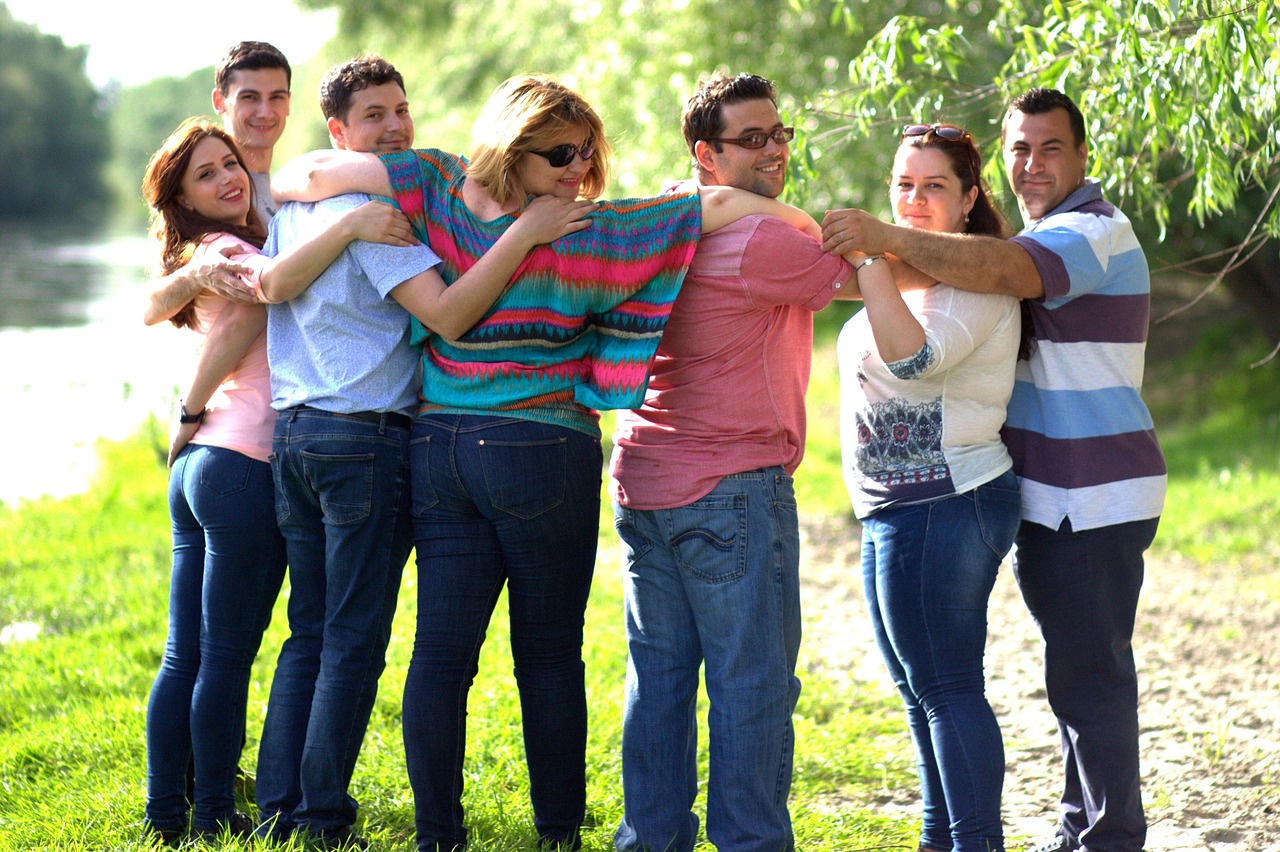Imagine walking into a room and instantly feeling at ease, welcomed, and energized. That’s the power of friendly vibes. More than just being nice, cultivating a positive and welcoming atmosphere can transform relationships, boost productivity, and improve overall well-being. This blog post explores how to create and maintain those all-important friendly vibes in your personal and professional life.
The Power of Positive First Impressions
The Science of “Hello”
First impressions matter. Studies show that people form opinions within the first few seconds of meeting someone. This initial assessment heavily influences future interactions. Friendly vibes help you make that crucial first impression a positive one.
- Neuroscience: Positive interactions trigger the release of dopamine in the brain, associated with pleasure and reward, making people want to interact with you more.
- Social Psychology: The “halo effect” suggests that if someone makes a positive first impression, other positive qualities are often attributed to them, even if they haven’t been demonstrated yet.
- Example: Instead of a generic “Hi,” try a warmer, more engaging opening like, “It’s great to finally meet you! I’ve heard wonderful things.” This immediately sets a tone of friendliness and genuine interest.
Body Language Speaks Volumes
Nonverbal cues play a significant role in conveying friendliness. Maintaining good eye contact, smiling genuinely, and using open body language are all essential.
- Eye Contact: Signals attentiveness and sincerity. Avoid staring, but make frequent, comfortable eye contact.
- Smile: A genuine smile (Duchenne smile) involves the muscles around the eyes and mouth and is perceived as more authentic.
- Posture: Stand or sit tall with your shoulders relaxed. Avoid crossing your arms, which can appear defensive or closed off.
- Actionable Takeaway: Consciously practice these nonverbal cues in your daily interactions to project a more approachable and friendly demeanor.
Creating Friendly Vibes in the Workplace
Fostering a Culture of Collaboration
A friendly workplace promotes teamwork and collaboration. Encourage open communication, active listening, and mutual respect.
- Team-building Activities: Organize regular social events, workshops, or volunteer opportunities to foster camaraderie.
- Open-Door Policy: Encourage employees to feel comfortable approaching managers and colleagues with questions or concerns.
- Recognition and Appreciation: Acknowledge and appreciate employees’ contributions to boost morale and create a positive environment.
- Example: Implement a “Kudos” system where employees can publicly acknowledge and appreciate their colleagues’ work. This fosters a culture of recognition and positive reinforcement.
Communication is Key
Effective communication is essential for building positive relationships and resolving conflicts constructively.
- Active Listening: Pay attention to what others are saying, ask clarifying questions, and show empathy.
- Constructive Feedback: Offer feedback that is specific, actionable, and focused on improvement rather than criticism.
- Respectful Language: Use inclusive and respectful language that avoids stereotypes or offensive terms.
- Actionable Takeaway: Make a conscious effort to practice active listening and provide constructive feedback in your workplace interactions.
Spreading Friendly Vibes Online
Engaging on Social Media
Social media provides opportunities to connect with others and build relationships. Use it to spread positivity and create a welcoming online presence.
- Positive Content: Share uplifting stories, inspirational quotes, and valuable information.
- Engage with Others: Respond to comments, ask questions, and participate in discussions.
- Avoid Negativity: Refrain from posting negative or controversial content that could alienate others.
- Example: Instead of simply liking a post, leave a thoughtful comment expressing your appreciation or asking a follow-up question.
Online Communication Etiquette
Follow proper online etiquette to ensure respectful and productive interactions.
- Proofread Your Messages: Check for typos and grammatical errors to ensure clarity and professionalism.
- Be Mindful of Tone: Use emojis and punctuation to convey your intended tone and avoid misinterpretations.
- Respect Privacy: Avoid sharing personal information about others without their consent.
- Actionable Takeaway: Practice mindful communication online to create a positive and respectful environment for everyone.
Maintaining Friendly Vibes Long-Term
Consistency is Crucial
Friendly vibes aren’t a one-time thing; they require consistent effort and commitment.
- Practice Gratitude: Regularly express gratitude to others for their help and support.
- Be Patient and Understanding: Recognize that everyone has their own challenges and be patient with others.
- Forgive and Let Go: Holding onto grudges can poison relationships. Practice forgiveness and let go of past hurts.
- Example: Keep a gratitude journal and write down three things you’re grateful for each day. This will help you focus on the positive aspects of your life and appreciate the people around you.
Self-Care is Essential
Taking care of yourself is essential for maintaining a positive attitude and projecting friendly vibes.
- Prioritize Sleep: Getting enough sleep is crucial for physical and mental well-being.
- Eat a Healthy Diet: Nourishing your body with healthy foods can improve your mood and energy levels.
- Practice Mindfulness: Engage in activities that help you relax and reduce stress, such as meditation or yoga.
- Actionable Takeaway: Schedule time for self-care activities each day to recharge and maintain a positive outlook.
Conclusion
Cultivating friendly vibes is an ongoing process that requires conscious effort and commitment. By focusing on positive first impressions, creating a welcoming environment, and maintaining consistent communication, you can build stronger relationships, boost productivity, and improve your overall well-being. Embrace the power of friendliness and spread positivity wherever you go!




